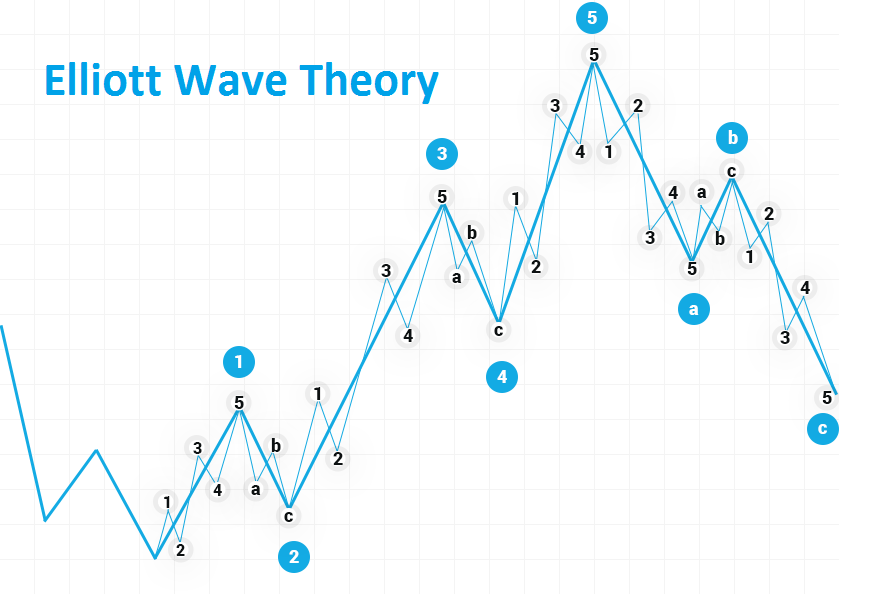The Neck Candlestick Pattern
What is in The Neck Candlestick Pattern?
The pattern at the neckline occurs when a long real-body bearish candle is followed by a smaller real-body rising candle that widens at the open but then closes near the close of the previous candle. The pattern is called a cleavage because the two closes are the same (or nearly the same) on both candles, forming a horizontal cleavage.
In theory, the pattern is considered a continuation pattern, which indicates that the price will continue to fall following the pattern. In reality, this only happens half the time. As such, the pattern often suggests at least a short-term bullish reversal.
What Does the Neckline Candlestick Pattern tell Traders?
The candlestick pattern at the neckline informs traders of the possibility of the current trend in the market continuing. If the study is exhaustive, it also sheds light on the general behavior of the market in which it occurs. The appearance of the first bearish candle indicates the strength of the bears in the market. The second candlestick is bullish and shows that the bulls are trying to rally to turn the tide. However, the second candle does not close above the close of the bearish candle.
Theoretically, the appearance of the pattern at the neckline predicts the continuation of the current downtrend in the market, as the bulls simply cannot outperform the bears. What is unique about the neckline pattern is that it can predict the continuation despite the bull's best efforts to push the market higher through significant buying pressure. The market goes its own way after being sold off by the once-long bulls hoping for a brief pullback. This continues the current downward trend in the market.
How is a Neck Candlestick Pattern different from a hump pattern?
– A push pattern is considered both a bearish continuation pattern and a reversal indicating an uptrend. It is similar to the neckline candlestick pattern or the neckline pattern as it is two candlesticks where the first candlestick is high and bearish while the second candlestick is bullish and short.
– The difference between the stock pattern and the neck and neck pattern is in the closing point. In the push pattern, the second candlestick closes above the close of the first candlestick, but closes at or near the middle of the body of the first candlestick.
– However, a push pattern does not produce any clear results and sometimes shows a reversal and sometimes resumes the downtrend.
- A trader should be careful when following this pattern as it is not a strong pattern to confirm the trend. It is ideal to be on the lookout for other signals that may indicate a downtrend before trading. A trader should look carefully and take the time to identify a neckline pattern to trade as there are close similarities to the other two candlestick patterns.
On the Psychology of the Neck Trader
To increase their chances of success, traders can use this neck-in approach in combination with other types of technical analysis, including technical factors and chart structures. The Psychology Behind the Neck The traded value is either in a major downtrend or a significant pullback that is within a major uptrend. There is a small daily high on the first candle that reverses into an extended blackbody and creates a whole new low. Such weak or low price activity increases the value of the declining market and forces weak bulls to retreat altogether. The second candle deviates a few ticks and sells the stock to a new low. However, it lowers both the buyers and the other bulls to take control before the closing bell, causing the price to rise from the bottom in a quick uptrend that outweighs the opening pressure. This strong pricing strategy builds confidence among bullish investors, causing complacent bears to scrutinize positions and worry about a trend reversal. A limited amount of bullish power sizzles before the close when the long tick fails to penetrate the true body of the first candle. The bears analyze the waning power of the bulls and push lower in the continuation of the current downtrend. This low price approach drops the value to a new low on the third or fourth candle Read More...
Contact us


Comments
Post a Comment